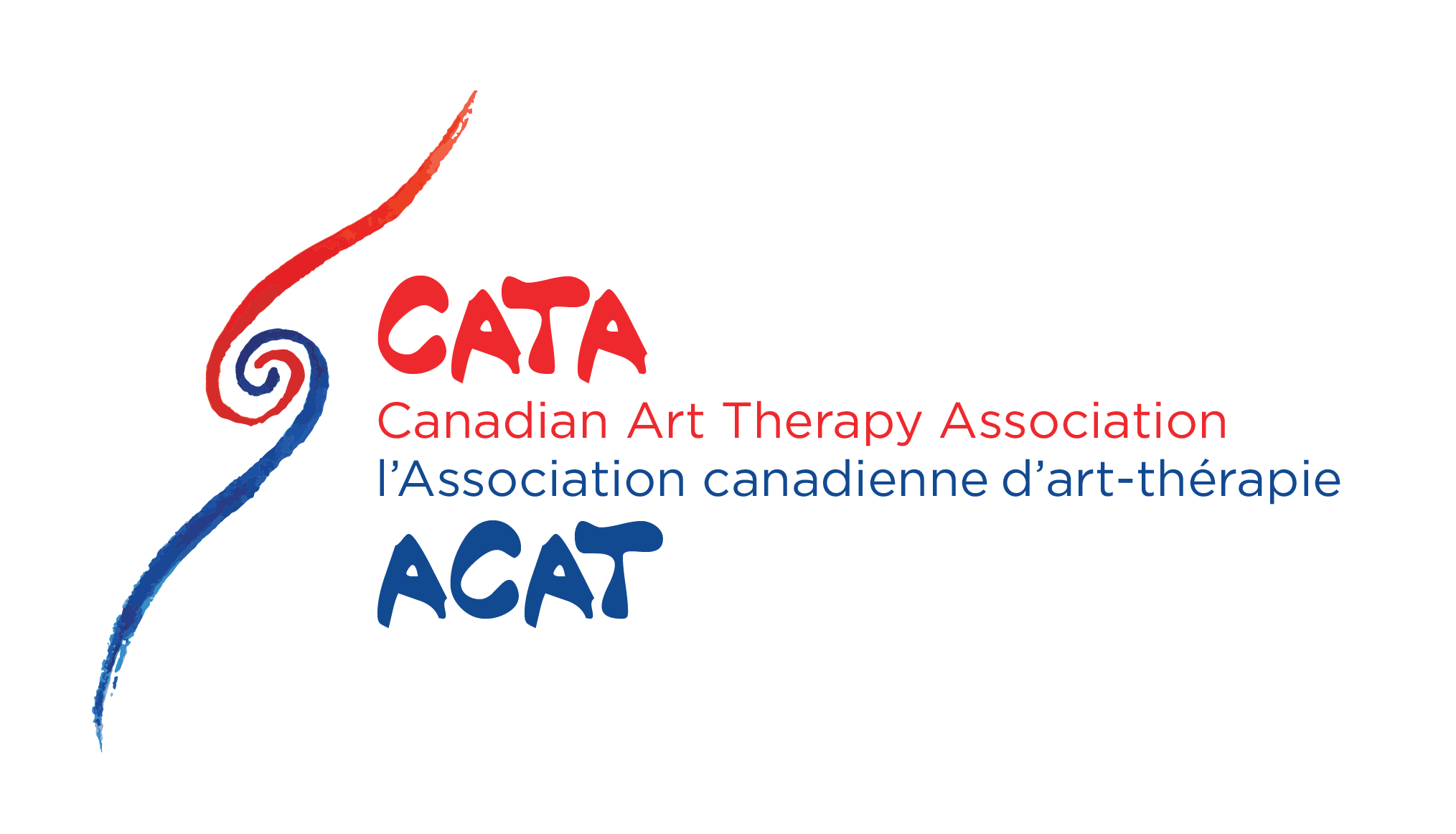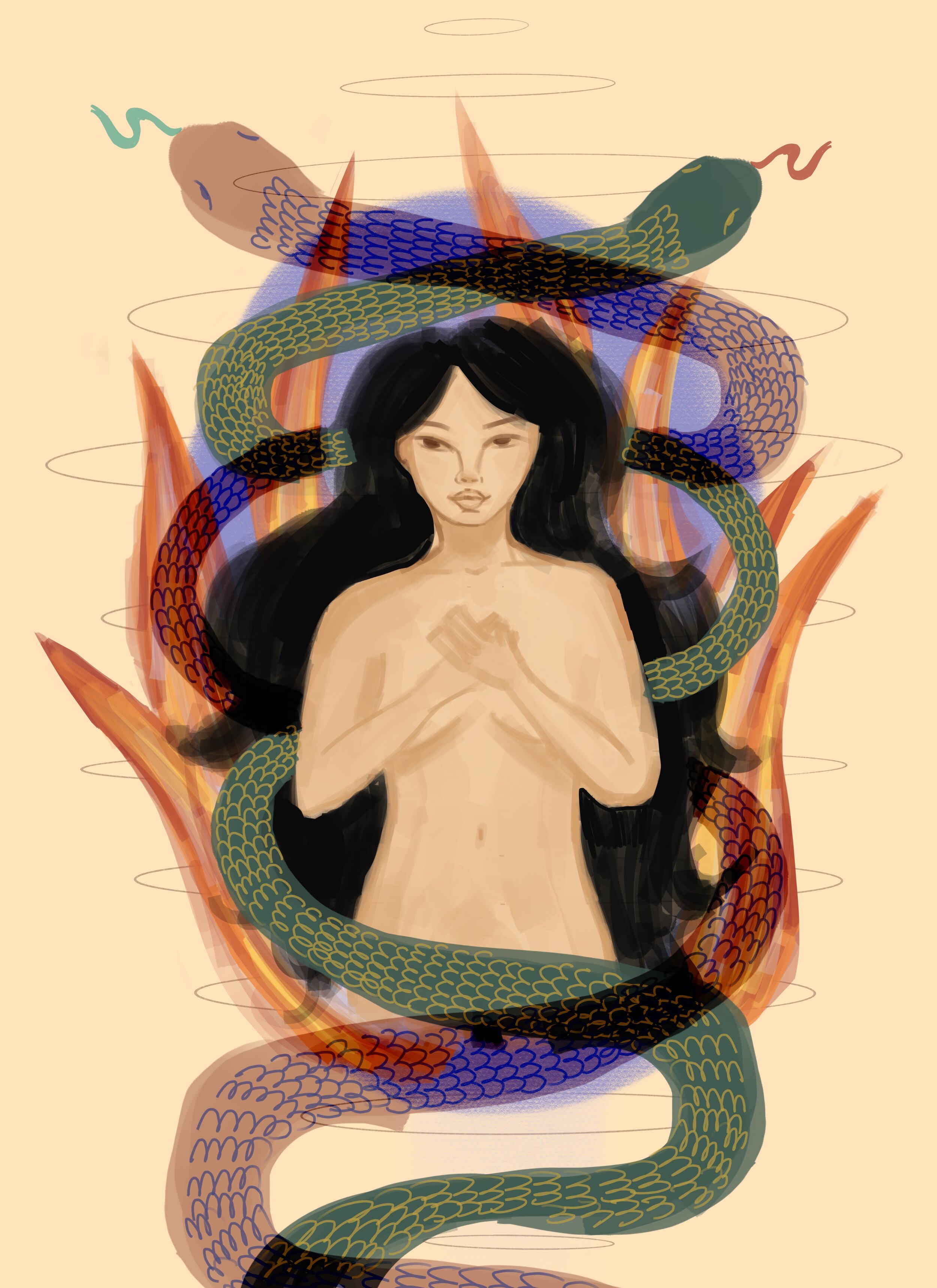New Futures
Rhys Castro (BFA, DTATI Cand.)
Toronto, ON
Rhys is a Toronto-based multidisciplinary artist and student at the Toronto Art Therapy Institute. Her work is an exploration of her identity as a Filipina-Canadian through painting, sculpture, and installation. She is passionate about advocating and cultivating space for people of colour to heal and connect through art. She has a BFA in drawing and painting from OCAD University. In her free time, Rhys enjoys travelling, eating good food and hanging out with her dogs.
The artwork and statement are reflections on the chapter, “Critiquing Art Therapy: History, Science, and Representation” by Savneet K. Talwar, in the book Art Therapy for Social Justice: Radical Intersections.
New Futures
As a member of the human race, I will never understand why those in power choose to oppress others and endorse hurtful messages and actions. I felt angry and frustrated but felt that while those feelings are valid, it wouldn’t do much to help me explore and work through the image, so I switched to an empathic, nurturing and progressive mindset. Instead of illustrating my anger, I decided to envision a change in the future of art therapy and the healthcare sector.
The image, titled New Futures, depicts a female figure in the centre, which represents me, with my hands stacked in the middle of my chest. I thought that I would depict myself in this welcoming, loving position to acknowledge that I want to help people, especially people of colour, as an art therapist. The fire in the background symbolizes the notion of “lighting a fire under someone’s ass,” which in my view represents the drive and motivation I have to do meaningful and impactful work as an art therapist as a response to white supremacy. The snakes in the image are a direct reference of Caduceus (staff of Hermes), two serpents intertwined on a staff, which is used as the symbol for medicine. In my view, snakes are a symbol of transformation, healing, and rebirth, which resonates with my belief that current healthcare services, medical models, and even practitioners need some critiquing, reworking, and remodeling through an anti-oppressive lens. This image illustrates my call for change and advocacy for inclusive, anti-oppressive practices in the art therapy field and beyond, as well as the need for more art therapists of colour so that the needs of racialized peoples are met adequately.


